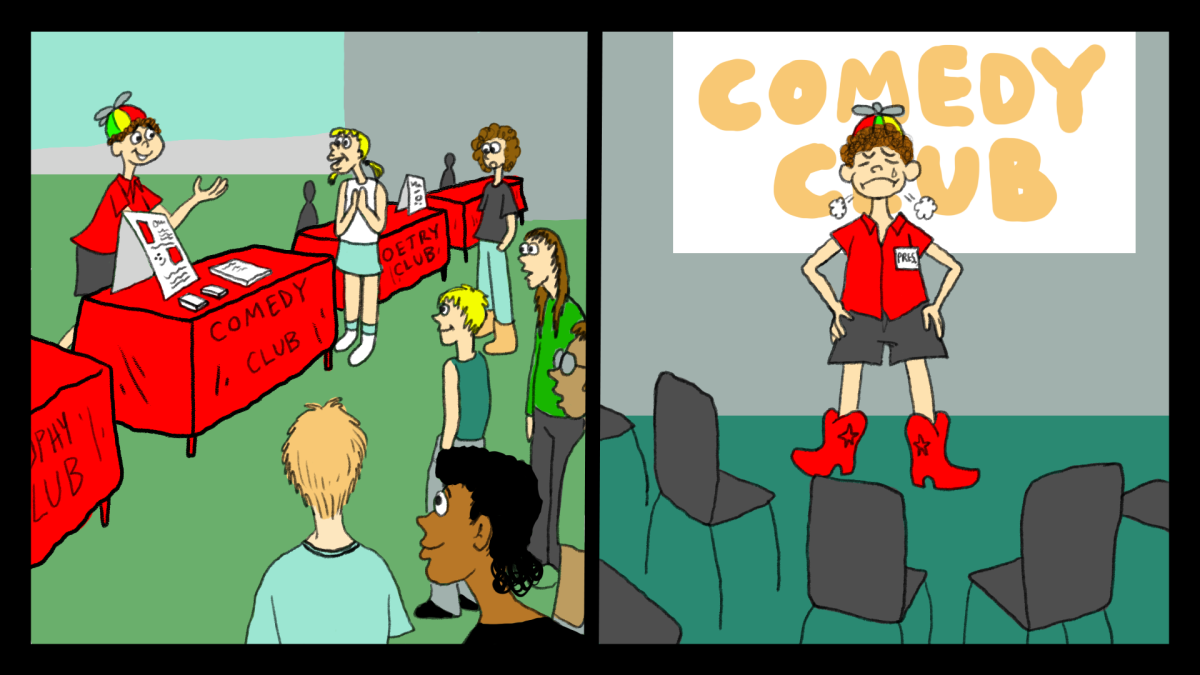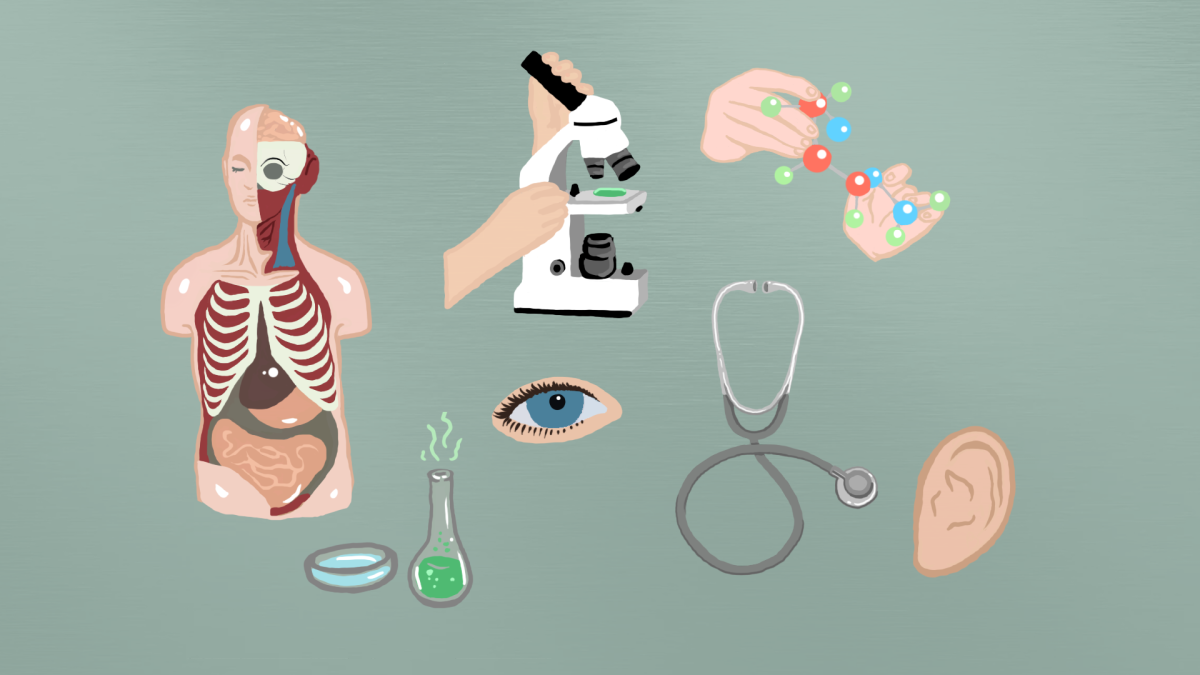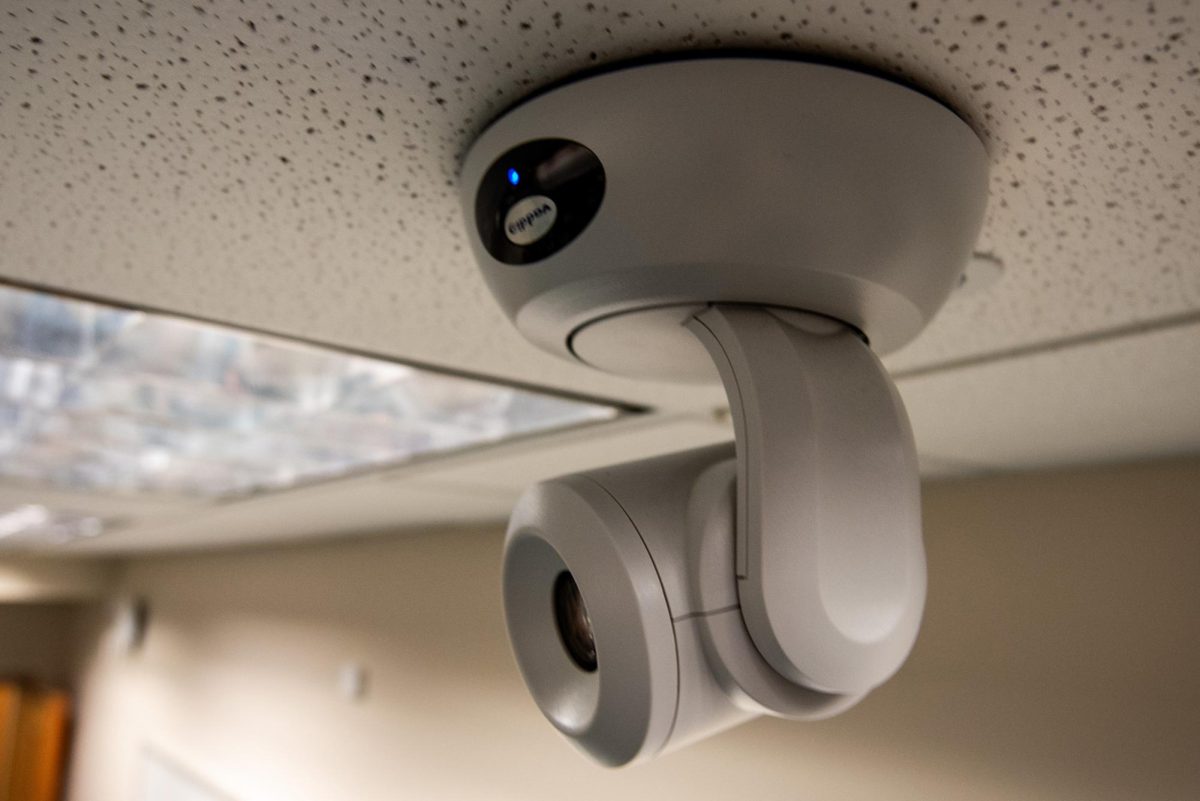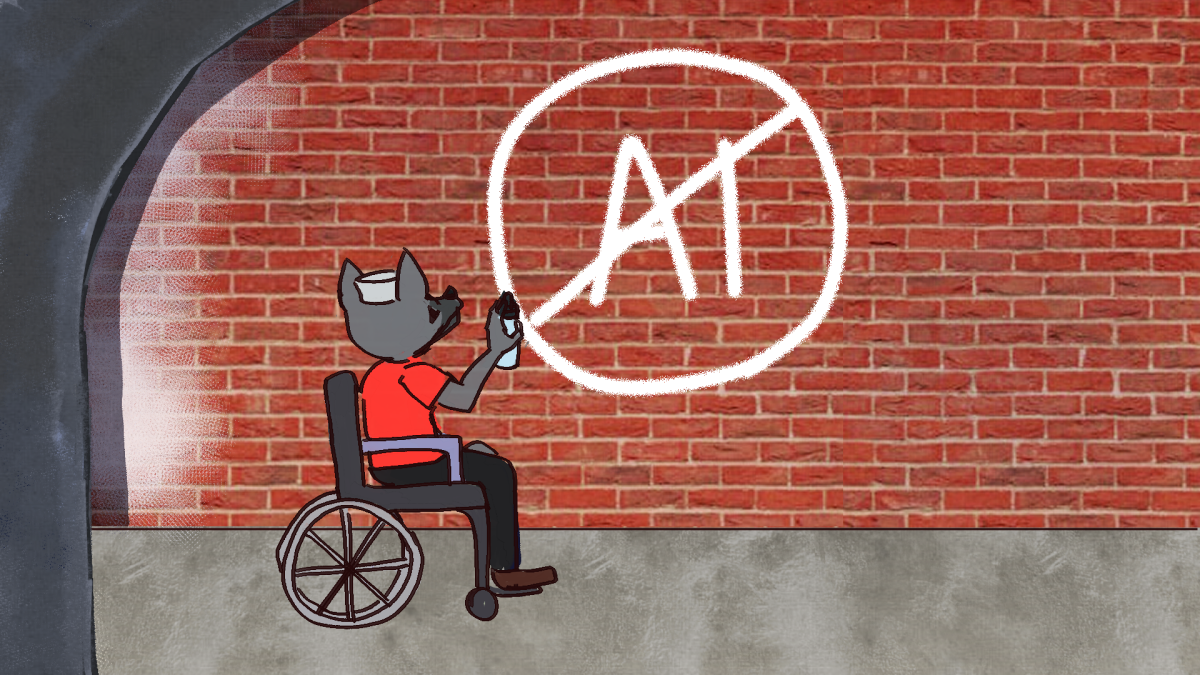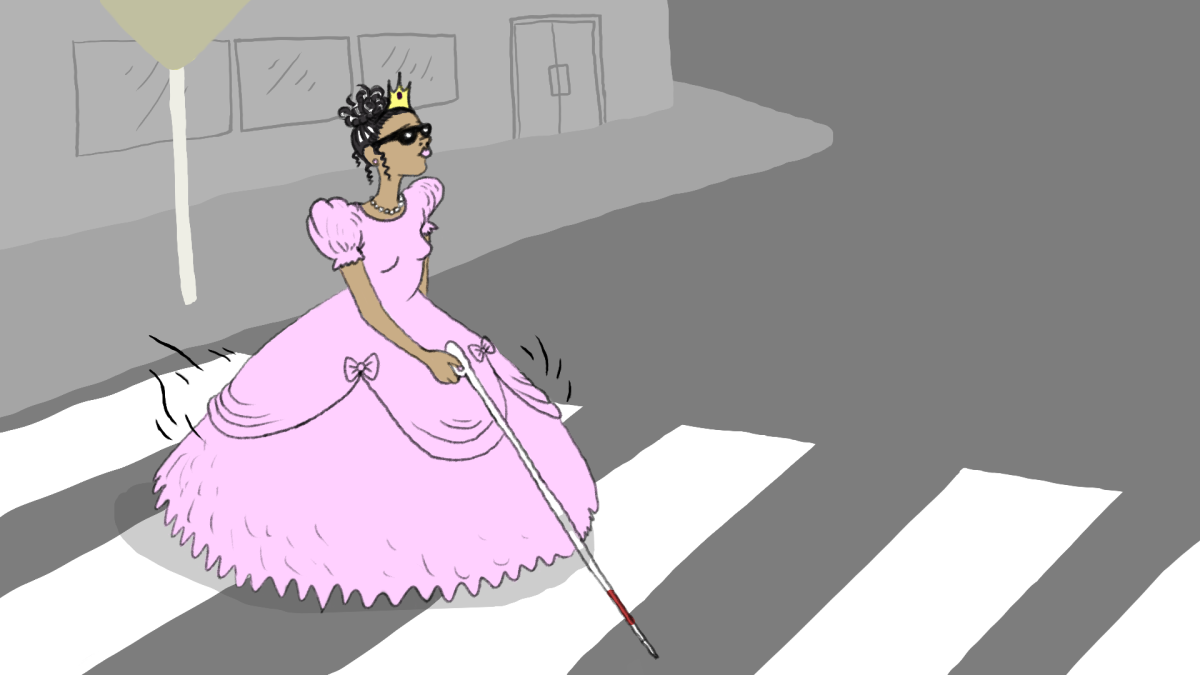Abortion is at the center of a lot of strife in this country. As citizens, we should not underestimate the importance of this issue because, at its center, it is a life-and-death issue that is compounded with questions of liberty. This is not a subject that has faded out of people’s minds. Last month, the state of Mississippi adopted one of the most restrictive laws on abortion in history. The law was immediately litigated and has already become the subject of a temporary restraining order.
In North Carolina, the set of laws governing abortion is relatively restrictive, prohibiting the procedure after 20 weeks unless there is a health risk for the mother. Additionally, only M.D.s are allowed to provide abortion services. Despite these policies, there were 27,138 abortions performed in North Carolina during 2016. It is important for students to be aware of the laws in their own states, given how widely policies can vary.
As of 2014, North Carolina had 37 locations that perform abortions, most of them being near larger cities. Residents of rural counties may have a transportation barrier, but the dispersion of services throughout this state are not incredibly restrictive, certainly compared to states like Kentucky or South Dakota, which each have a single clinic for the entire state.
Much of the activity on the subject of abortion takes place in the form of political lobbying, legislative action and court decisions about those legislative actions. The legal history of abortion continuing into the present is an excellent example of discussion, advocacy and the push and pull associated with finding a happy medium on an issue that people seem to be divided on.
People spend so much of their time and money pitching and arguing their specific position to politicians. Some argue loudly that a fetus is a human being with the full rights of one. Others shout for a prioritization of liberty that gives women the right to choose whether or not to have and raise their own child. However, both sides get distracted from the common ground that both sides stand on: well-being for every child and every mother.
On this issue is where most anti-abortion advocates have gone astray. Instead of seeking to make positive change in the lives of people who are considering abortion, these advocates instead go to the government to try to get them to stop the practice of abortion altogether. Pro-abortion rights advocates then spend much of their time and effort to combat these attempts in the political arena instead of working more on solving the underlying problems that cause abortion to be a consideration.
If the money and time spent on organizing a March for Life or lobbying legislatures like the state of Mississippi was instead spent on support programs through nonprofits, churches or education programs, there would be fewer abortions in this country. If the legal battles and protection efforts spent on behalf of upholding Roe v. Wade were instead spent on high quality sex education, creating funds for raising unintended children or adopting strategies to deter rape, fewer abortions would happen in this country.
While the present form of the pro-life movement is one that is anti-choice, the self-named pro-choice side isn’t necessarily anti-life. People from both sides can agree that in an ideal world, no one in this country would ever feel the need to get an abortion. The problem is that neither side is giving enough effort to change the environment so that abortion is no longer an option that people have to turn to.
If the environment of this country was one where unintended pregnancies were minimized, and community support was maximized, we could arrive at a beautiful middle ground where women retain their right to choose and choose the side of life every time. Everyone gets what they want, and we get there without stepping on anyone’s liberty.
Instead, we see this issue play out by proxy in the political sphere in an attempt to deal with the symptom of abortion instead of the root causes. With the powerful moderating voice of NC State students, our school and our great state can be a place where the country can begin to move forward on this issue that plays out at dinner tables and in classrooms alike.
I would like to see a world in which there are no abortions. But I do not want that to mean that women are being forced to keep a child they cannot support, or bring to term a child that is the result of rape. I want that to mean that there are no unintended pregnancies. No mistakes. No rapes. No lack of education.
And if these pregnancies do happen, I want it to mean that there is an environment with less poverty so that more people can deal with an unintended birth and that there is a nexus of community support so that a mother can give birth to a child knowing that it will be supported even if it is not by her.
While this may seem like a utopian proposition, it is not as far away as you might think. Both sides of this issue share a goal and a lot of money behind them. A message of unity and humanity that unites these warring parties could, in a short time frame, bring this country to a time where the next abortion is the last one.



